“Detroit made you good.” –Alice Cooper
Louder Than Love: The Grande Ballroom Story
is a must-see film for anyone who gives a shit about the history of rock-n-roll and ‘60s counter culture. The tale of the Grande Ballroom, the legendary Detroit venue, is one that’s needed to be told for some time. Hell, just for the fact that the Stooges and MC5 made their marks there is reason enough, but the ballroom was also a popular stop on the touring circuit, with some of the biggest acts of the period gracing its stage. Through archival footage and photographs, plus new interviews with those who were there (many of whom have since passed on), first time producer/director and Detroit native Tony D’Annunzio lays out how it all went down, making us wish we could’ve been there to see it. As a Detroiter, I was often beaming with pride as I watched the documentary, despite the fact that I was only a couple of years old when the Grande closed its doors.
The Grande Ballroom is a building that drew artists of all sorts into its vortex, and is still revered by those who set foot in it. It’s a venue where bands had to give their absolute best in order to impress Detroit audiences. It’s a place that—like Alice says—made you good.
Outside the Grande on opening night, October 7th, 1966 (photo: Emile Bacilla)
Designed in the Moorish/Art Deco style and located on Detroit’s west side, the Grande Ballroom opened in 1928. The venue hosted big bands and was a mecca for dancing couples for decades (it could hold as many as 1,500 boppers), but by the early ‘60s, times had changed significantly and the Grande closed its doors. Fast forward to 1966: Detroit area DJ and school teacher Russ Gibb was attending a Byrds concert in San Francisco at Bill Graham’s Fillmore West, an updated dance hall. Inspired by the sounds and sights (he was especially blown away by the psychedelic light show) of the city’s burgeoning counter-culture scene, Gibb was determined to bring what he experienced to Detroit. After investigating several locations, he settled on the shuttered Grande Ballroom. Much like it had been during its initial heyday, the Grande would once again become the place to be.
Poster art: Gary Grimshaw
Local band MC5 performed as part of the opening festivities at the Grande Ballroom, which took place on October 7th and 8th, 1966. Russ Gibb had his friend Gary Grimshaw design the poster, and Grimshaw would continue to create advertisements for Grande events. His artwork is now synonymous with the psychedelic ‘60s. Leni Sinclair, wife of MC5 manager, John Sinclair, was part of the crew responsible for the light shows, but she is best known for the photographs she took at the Grande, as well as her films of the the Stooges and MC5. Many of the images she captured are now iconic.
Cover of the second MC5 album, ‘Back in the USA’(1970). Photo snapped by Leni Sinclair backstage at the Grande.
Other area rock acts that honed their chops at the Grande include the Amboy Dukes, the Spike Drivers, SRC, and the Rationals. Bands that made appearances at the Grande while on tour include the Velvet Underground, Pink Floyd, the Mothers of Invention, Sly and the Family Stone, Howlin’ Wolf, the Yardbirds, Led Zeppelin, and the Who. Tom Wright, who managed the Who at the time and would later oversee the Grande, said that he “had never seen the Who try harder” than during their 1968 show at the ballroom.
The Who (photo: Tom Weschler)
Jimmy Page, The Yardbirds
Iggy Stooge/Iggy Pop, The Stooges (photo: Leni Sinclair)
Wayne Kramer, MC5 (photo: Charlie Auringer)
Unlike the “peace and love” hippie outfits that made up the bulk of the San Francisco scene, the Detroit bands were raw and gritty. One such act was more associated with the Grande Ballroom than any other, and that was the all-powerful MC5. Known for their explosive performances, the band became a staple of the venue. The 5 were keenly aware they would have to work hard to earn the love of the blue collar Detroit audiences, and incorporated the Detroit work ethic of the city’s auto workers into their act. Every group that shared the stage with the 5 learned they too had to bring it, which subsequently made them up their game—or risk leaving the place hanging their collective head in shame. In addition to being on the bill for the ballroom’s 1966 opening, other notable happenings in MC5 history took place inside the building: It’s where they recorded their debut album, the seminal live LP, Kick Out The Jams(1969), and where they played their final show the night the Grande closed for good, New Year’s Eve, 1972.
MC5Louder Than Love: The Grande Ballroom Story has had a successful worldwide run on the festival circuit since the documentary premiered in 2012, and received a low-key video release last year. Producer/director Tony D’Annunzio has inked a deal with distributor MVD Entertainment Group, which will soon give the film the wide release it has always deserved.
Dangerous Minds recently asked Tony D’Annunzio some questions via email.
Tells us about your background.
Tony D’Annunzio: Born and raised here in Detroit. I have been in the broadcast television field for almost 30 years. I’ve had the pleasure of working with almost every network, including ABC, HBO, NFL Network, CNN, just to name a few. I had started as a production assistant in 1987 and was working my way to producing/directing award-winning broadcast television segments, commercials, and music videos. I recently was awarded the Kresge Foundation Fellows for Film, and was nominated for “Best New Filmmaker” for the LA New Filmmakers Film Festival.
What inspired you to make the documentary?
Tony D’Annunzio: I had always wanted to make my own documentary, but as I started to work in the production field I was really enjoying the commercial and live music video aspect of my profession. At the 20 year mark in my career (2008), I decided to go for it and start making the film I had been wanting to make. My love for music is one of the reasons I got into the business, and that coupled with my love of documentary films, lead me to start researching a music-based topic for my film. Although I was too young to attend the Grande Ballroom in its heyday (I was born in 1966, the same year the Grande opened as a rock palace), I had friends and family members that went there. If you grow up in Detroit, the stories, myths, and legends of the Grande are part of your DNA. After much research, I found out that a definitive story of the Grande era had not been done yet.
Did you have a narrative that you stuck to throughout the editing process or did the structure evolve over time?
Tony D’Annunzio: Great Question! The film actually started out as a music documentary, but as the interviews started coming together the film actually turned more into a cultural piece (with a lot of killer Detroit music). As someone that hadn’t attended the ballroom during its gloried past, I couldn’t figure out why it played so heavy into the musicians, poster artists, and attendees hearts. Although the music brought the people to the ballroom, it was the cultural and creative collective that inspired musicians and artists to keep coming back and performing there.
How long did it take to make the film?
Tony D’Annunzio: The film took 3.5 years to make. It was an independent film in the truest sense. I wrote, research, produced, set up interviews, and shot it on a very tight budget. I waited for the artists to come through Detroit to avoid travel expenses, and my wife Sharri even helped with catering the crew meals. You have to remember that during the making of this film I was also full time in the broadcast television field, so it was a bit of a balancing act to get the film shot and produced while still maintaining my day job.
At the very beginning of the film it was entirely self financed. We ended up having a couple benefits to not only raise funding, but to raise awareness of the project. I was contacted by a band in Australia (Young Doctors) that were such fans of the Detroit music from that era that they decided to have a benefit for me in Sydney. At that point, I knew I was really onto a compelling story that could reach out passed the Detroit area and even beyond the US.
There’s a fair amount of talk in the film concerning the idea that the Detroit work ethic impacted both local and touring acts. What’s your take on this concept?
Tony D’Annunzio: Having grown up here you don’t realize there is this work ethic ingrained in you. We work hard and we play hard! As I started to travel the globe for my profession, I became more aware of it. Detroit is a tough town, and in order to make a difference you really need to be dedicated to your profession and passionate about it. I’ll put it to you this way, I just recently saw Iggy Pop in Detroit and here is a 69 year old man that it still working his ass off and whipping the crowd into a frenzy. It’s inspiring to watch and amazing to feel that Detroit work ethic come to life on the stage!
You interviewed some pretty famous folks for the documentary, including Alice Cooper, Lemmy, and Roger Daltrey. How were you, a first time producer/director, able to convince these icons to appear in your film?
Tony D’Annunzio: Very early in the filmmaking process we cut a short trailer that I was able to send out to the artists I wanted to interview. I really believe that after the artist management and PR companies saw the level of production that I work at, they become very comfortable with allowing the musicians to be a part of it. Another big reason so many music icons made themselves available for the film is because the Grande Ballroom and the Detroit music scene has had such a big impact on all of their careers. I would always ask managers just to simply ask if the Grande and/or Detroit played a role in their artist’s career, and nine times out of ten it was a resounding YES!
Can you tell us about any upcoming projects you have in the works?
Tony D’Annunzio: Although I really love rock and roll, I have a passion for jazz too. I’m just starting the research process about the incredible jazz eras in Detroit, and since I was recently awarded the Kresge Foundation Fellows, and have been introduced to various other foundations because of this honor, I’m looking for funding to start this project. I already know I can make a good film with no budget, so I’m excited to see what I can do with one!
Pre-order the DVD of Louder Than Love: The Grande Ballroom Story through MVD
or Amazon. You can watch the trailer via the MVD link, but before doing that, check out a segment assembled just for Dangerous Minds. In the clip, James Williamson, Wayne Kramer, Alice Cooper, and others speak on the Detroit work ethic of the local bands, while super-fans Slash and Henry Rollins praise the power those groups wielded. You’ll also see awesome footage of the Stooges and MC5 on stage at the Grande.
Tuesday, May 24, 2016
Ground Zero DETROIT Rock'N'Roll:
Louder Than Love - The Grande Ballroom Story
Essential doc on Detroit venue where the Stooges & MC5 made their marks
from Dangerous Minds:
Labels:
Alice Cooper,
detroit,
MC5,
Nugent,
rockNroll,
the stooges
Subscribe to:
Post Comments (Atom)

-465.jpg)
-465.jpg)
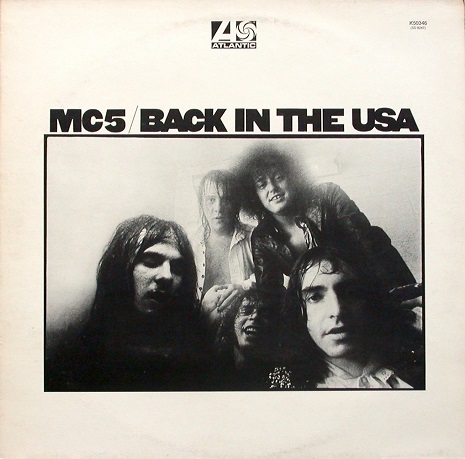
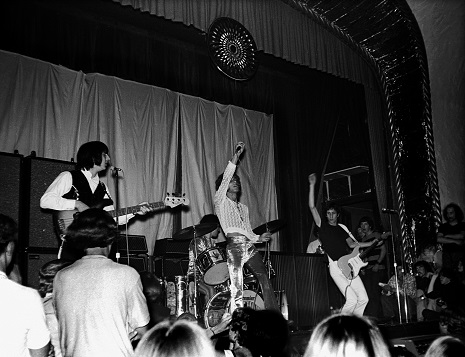
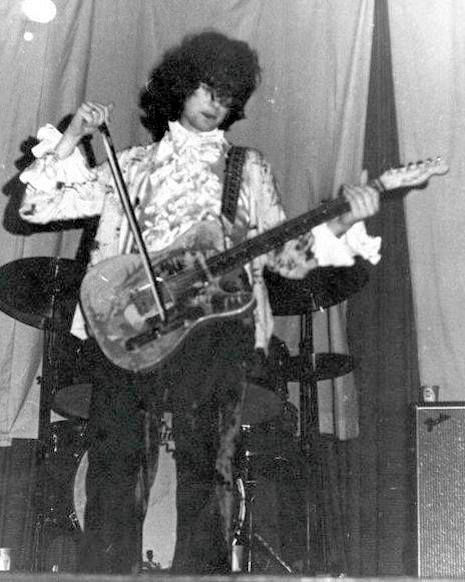
-465.jpg)
-465.jpg)
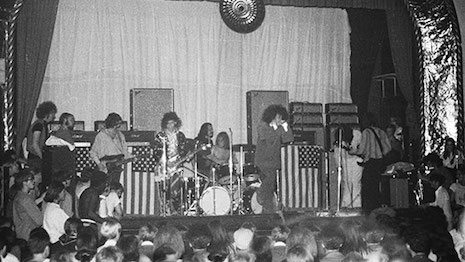
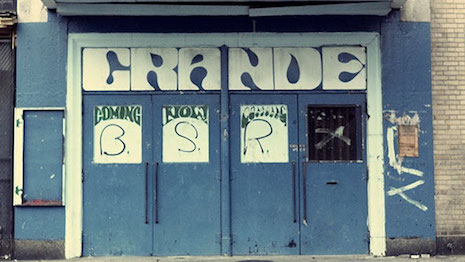























No comments:
Post a Comment